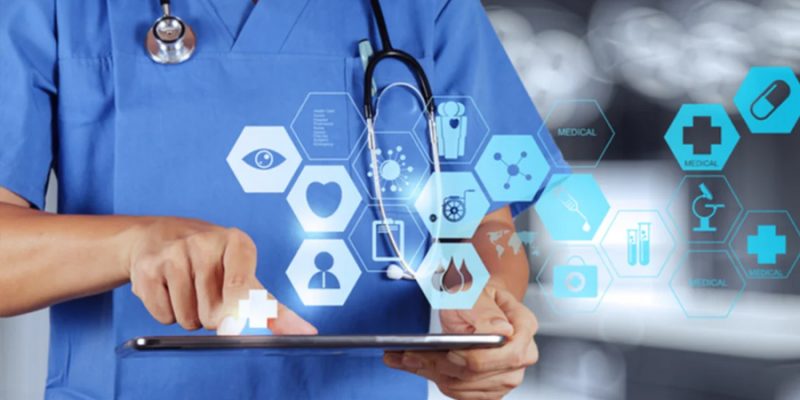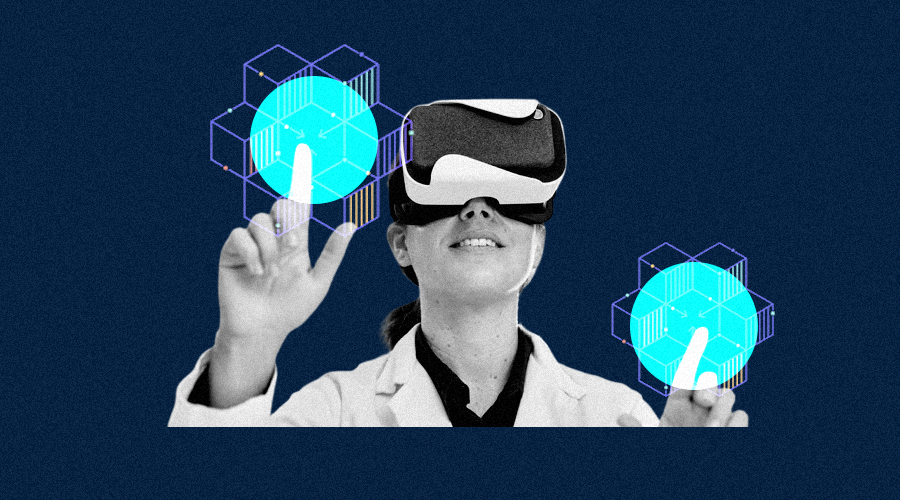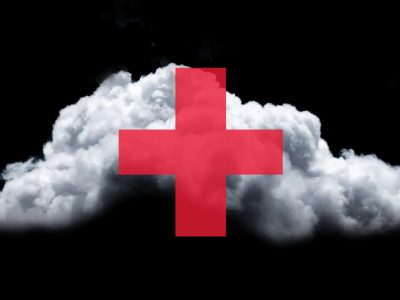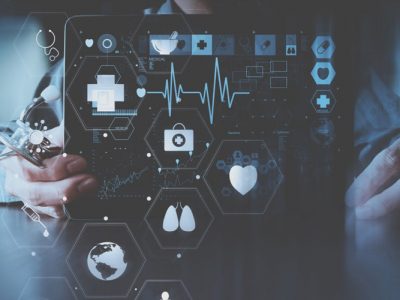
Healthcare Conquering New Heights with Edge Computing at play in the Healthtech Industry
Cloud computing services are a crucial assistive technology in data science and healthcare being one of the fragile industries, it is absolutely justified to adopt an intricately effective solution like edge computing to control it. Contemporary innovations in the healthtech industry are a consequence of converging the internet of things with healthcare. The healthcare industry must include faster services to its aid as the demand for immediate healthcare data grows. By introducing edge computing in the system, it is possible for the healthtech industry to right away generate the sought result to the end-user at their convenience.
The mechanism of edge computing intersects significantly with the internet of things to operate comprehensively. The distinctive quality of edge computing that separates it from its counterpart is the computational processes are performed at the edge where the information is collected with the help of medical devices. This enables the data to be rapidly analyzed to facilitate the outcome sooner than ever instead of transferring it all the way to the cloud server and back.
Real-Time Data Processing
The healthcare industry is as wide as the human population on the planet and needs even more immediate and proximal processes to be inculcated for various factors concerned in the development of the industry. Be it research and development, imbibing new algorithms, or clinical assistance to detect patient health, instant reporting of data is a compulsion and not an option. Therefore, the ability of edge computing to operate on the spot at the given commands by the immediate user can therefore make it untroubled for the healthtech industry to function over the healthcare data. Moreover, training prospective medical practitioners is easier than before with the employment of edge computing as the internet of things surge to aid AR and VR experiences across the world.
Remote Healthcare
The digital space transcends boundaries and as a result healthtech industry comes into play with its distant methods of treating and offering therapies to patients in the form of telemedicine. Remote healthcare is the current trend and is expected to augment in the near future as the benefits resonate with the people more prominently now. Subsequently, the need for capturing these data also increases. However remote healthcare services like virtual therapies, virtual nursing, and monitoring, fitness trackers, and many other data turning out from distant digital devices are independent and a rigid cloud computing processor cannot be employed here. The data gathered from the internet of things are extremely lucrative and risking them to be passed on to a prolonged process of analysis can cause delay to the operations of the healthtech industry. Hence the requirement to process and store data at the same point where it arises is highly beneficial to the progress of the healthcare industry as the cost of purchasing inordinate cloud computing software will be saved and greater efficiency will be observed.
Amplifying Opportunities
In the wake to reduce data storage pressure over one big system, end devices are empowered in such a way that they can support on-spot data-driven visualization and observation to serve both macro and micro healthtech objectives. Furthermore, this efficient technology is also minimizing the paperwork and as a result, an extra effort is being saved to channelize in other operations. Limiting the wastage of paper will also facilitate a better environment to sustain and this convenient usage will cause the healthtech industry to grow. On-site patient treatments, alerting the healthcare management of the arrival of critical cases, monitoring and recognizing the potential threats to patients’ health and recommending personalized prescription, and immensely useful data at the hand of end-users in no time will lead the healthtech industry to excel and replace traditional complications following emergency cases.

















